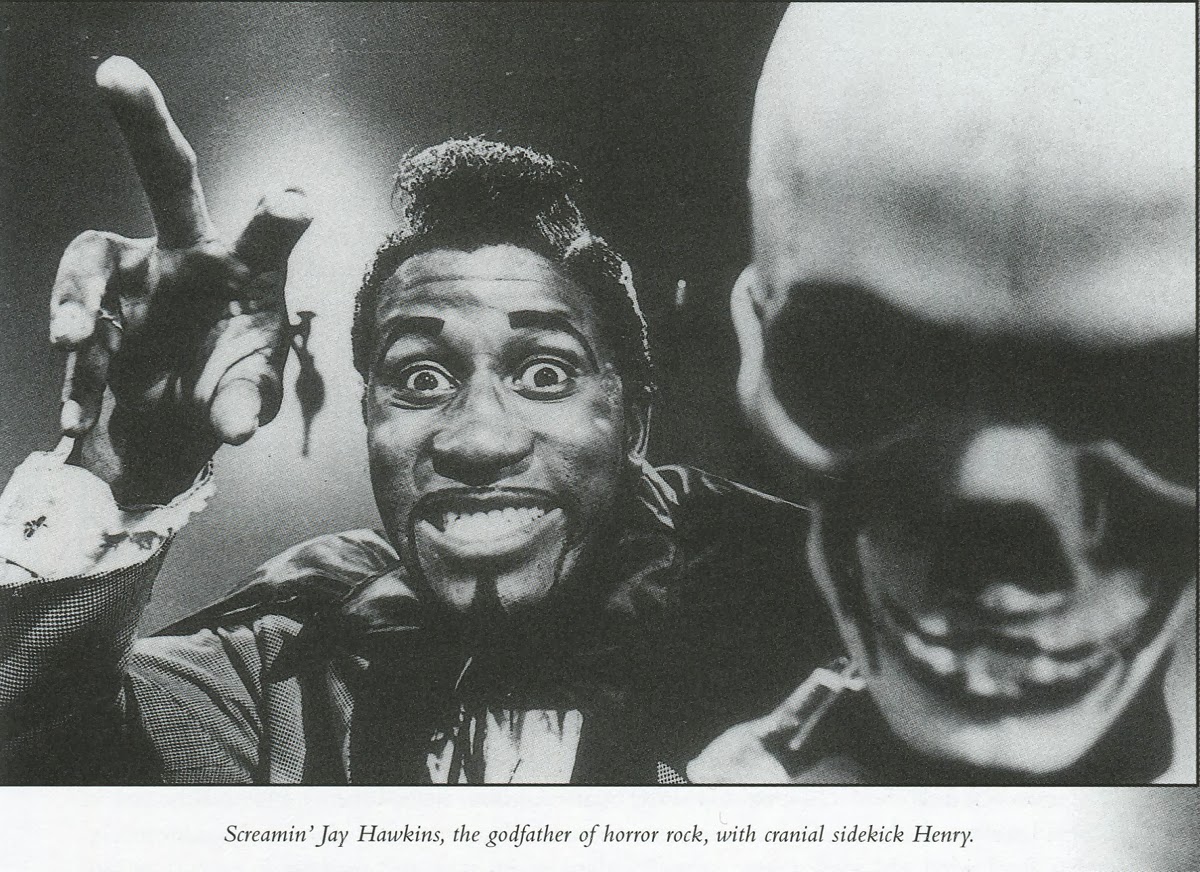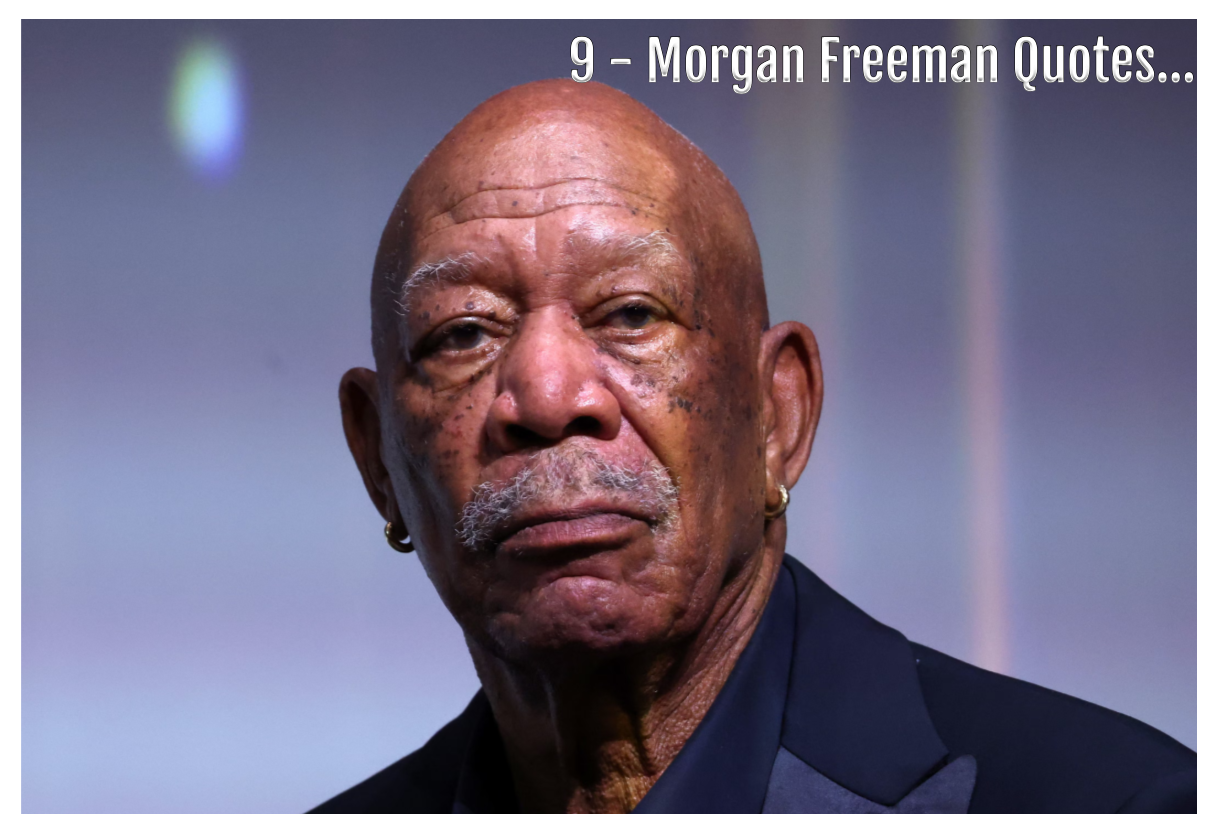(ThyBlackMan.com) Our previous showcase on Black rock bands noted several acts for you to check out. However, not all of them featured the greatest Black lead singers in rock history. It was more about the artists as a band. Let’s look at five truly incredible Black frontmen.
5. Ice-T (Rock Career: 1990-present)
We know Ice-T from delivering several crisp hip-hop albums in the 80s and early 90s as well as his roles in films and TV. However, this guy has been rocking hardcore since 1990 with his band Body Count. Now, the thing about Body Count is that it plays a style that hovers between thrash and nu-metal.
The thing about Ice-T is that he doesn’t so much sing as he raps over the band’s sonic assault. And it works! Body Count is one of the earliest examples of the nu-metal style that would have a place on MTV and rock radio during the late 90s and early 2000s.
Ice-T’s aggression is the same as it ever was. The only differences are that he’s aged but can still talk on things going on today because very little has changed from what his band addressed in society.
Recommended Song: “Body Count’s in The House” (Body Count, 1992), “Talk Sh** Get Hit Shot” (Manslaughter, 2014)
4. Katon W. de Pena (Rock Career: 1981-present)
Coming out of the Los Angeles thrash scene of the early 1980s, he had close associations with several bands that left the city for San Francisco. Katon started with L.A. Kaos which would morph into the better-known Hirax by 1984. The band is known for very fast-paced, intense metal mixed with songs that were hardcore punk in length on their first albums.
One thing that really stood out was Katon’s vocal performances. Instead of delivering aggressive vocals over rapid, aggressive music, he delivered rapid, soaring vocals over the music. It was something that made Hirax stand out from many of other bands in that scene at the time.
I’ve always wanted to hear Katon W. de Pena do power metal (metal music where the lyrics are often about fantasy, sci-fi, and history) because his voice would be a natural fit for North America’s harder brand of the subgenre. He also has the vocals for just straight up heavy metal.
Recommended Song: “Bombs of Death” (Raging Violence, 1985) and “El rostro de la muerte” (El rostro de la muerte, 2009)

3. H.R (Rock Career: 1977-present)
H.R (for Human Rights) is best known as the lead singer for hardcore punk pioneers Bad Brains. He’s on this list for reasons similar to Katon W. de Pena and our next entry. The things he can do with his voice depending on the vibe of the song are wild. H.R.’s control allows him to shift the tone of his singing with the tone of song—and Bad Brain’s early 80s songs were pretty damn fast for the time.
His vocals evolved from frantic, high pitched, and rapid—matching the band’s energy at its start—to more controlled as the band matured. On stage, young H.R. had energy to spare for at least two other lead singers if they needed it. Hell, he needed it because Bad Brains would blitz through songs.
Listening through the band’s albums from their debut, it’s fascinating to see his growth as well as the band’s growth as they fold in different influences. As great as H.R.’s rock singing is, he also gives strong vocal performances when singing reggae—which Bad Brains also does.
Recommended Song: “Sailin’ On” (Rock for Light, 1983) and “Secret 77” (I Against I, 1986)
2. Screamin’ Jay Hawkins (Rock Career: 1950s-1999)
Boxing champion of Alaska, serviceman in two branches, a pioneer of rock n roll, and the father of shock rock, Screamin Jay Hawkins is probably best known for his song “I Put A Spell On You.” His role in bringing larger-than-life showmanship to music aside, his singing was incredible.
He was classically trained in piano and singing and actually wanted to follow in Paul Roebson’s footsteps and sing opera. His road through music would see him grow from a blues singer—which there was an abundance of during his time—to pave his own corner in rock.
Hawkins’ most iconic hit actually came out of a night of drinking with the band and recording. Even then, he was able to bend notes into a gnarly, demented delivery which would contribute heavily into future genres of rock music. His other tunes were more of a blues and 60s soul nature and truly showcased the brunt of his singing ability.
Recommended Song: “I Put A Spell On You” and “Sweet Chariot” (At Home With Screamin’ Jay Hawkins, 1958), “Feast of the Mau Mau” (…What That Is!, 1969)
1. Phil Lynott (Rock Career: 1969-1985)
The late Phil Lynott was an Irish singer and bassist spent his very early life in Manchester before moving to Dublin due to the racism he faced in school. It would be here that he took his first steps towards being one of Ireland’s greatest rock legends.
Lynott spent his early teens in a few bands before forming Thin Lizzy in 1969 with guitarist Eric Bell. Early on, Lynott wasn’t known for the stage presence he would become known for later in the 70s and 80s. When he finally got the hang of not just playing but performing before crowds, Lynott’s power as a frontman was unstoppable. He could engage the crowd, focus on playing, and throw in showmanship seamlessly.
Although his career was almost 20 years, he was gone too soon. There’s no telling what he would’ve done throughout the remainder of the 1980s or what his band Thin Lizzy would’ve evolved into. The band played bluesy, street-wise hard rock for most of the 1970s while their final album—and my favorite from Thin Lizzy—Thunder and Lightning was their step into heavy metal territory.
In each album, Phil Lynott maintained his cool storytelling in tales of drug abuse, crime, love and just life in general. For recommended songs, I’m not going to include their best-known song “The Boys Are Back in Town” since we’ve all heard it already.
Recommended Song: “Johnny” (Johnny the Fox, 1976), Opium Trail” and “Dancing In The Moonlight” (Bad Reputation, 1977), “Cold Sweat” (Thunder and Lightning, 1983)
Staff Writer; M. Swift
This talented writer is also a podcast host, and comic book fan who loves all things old school. One may also find him on Twitter at; metalswift.

















Leave a Reply